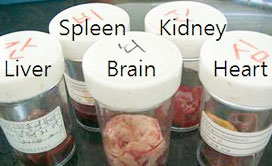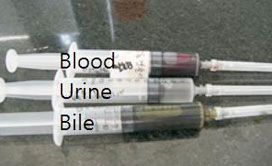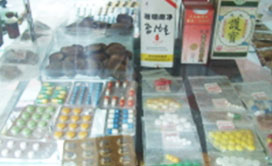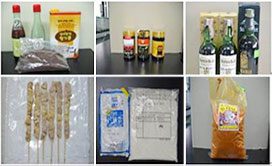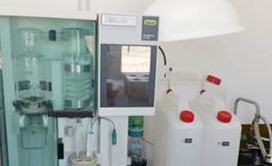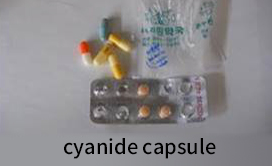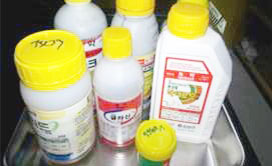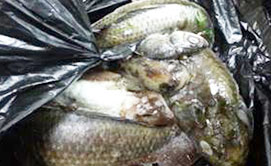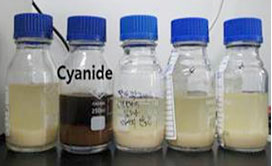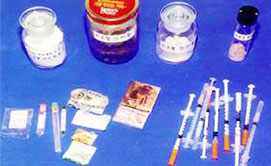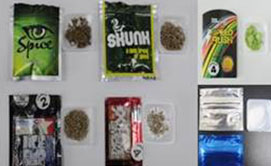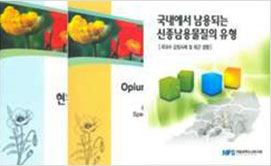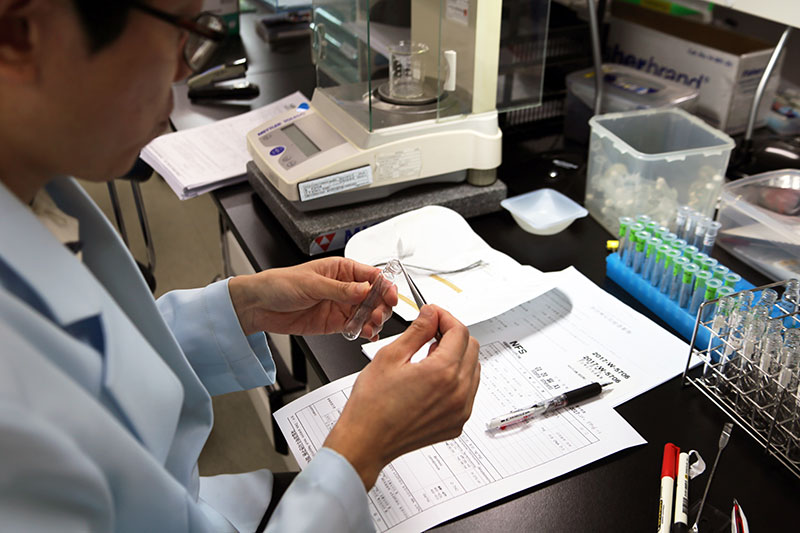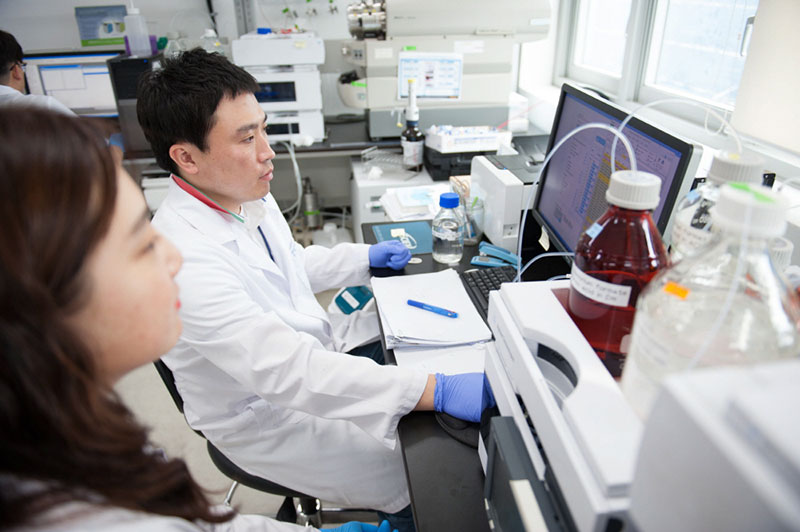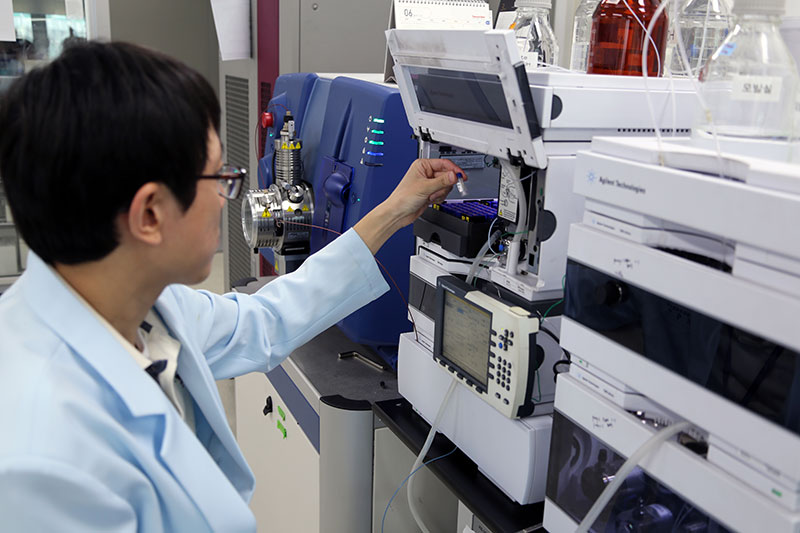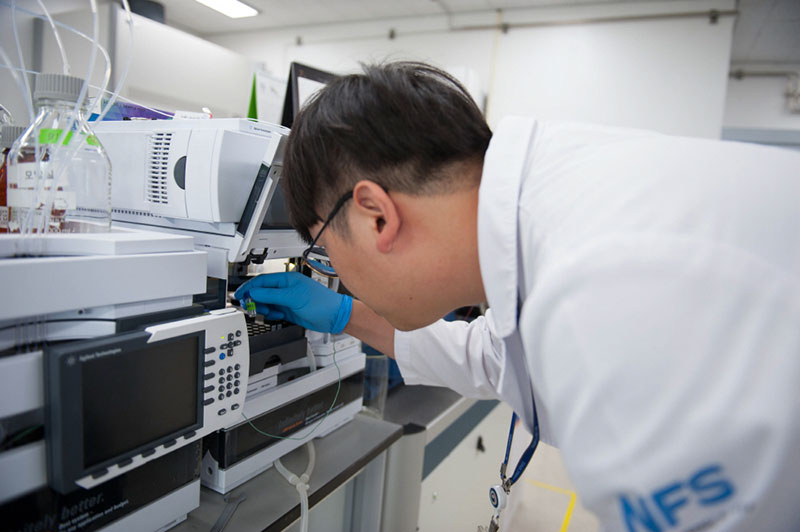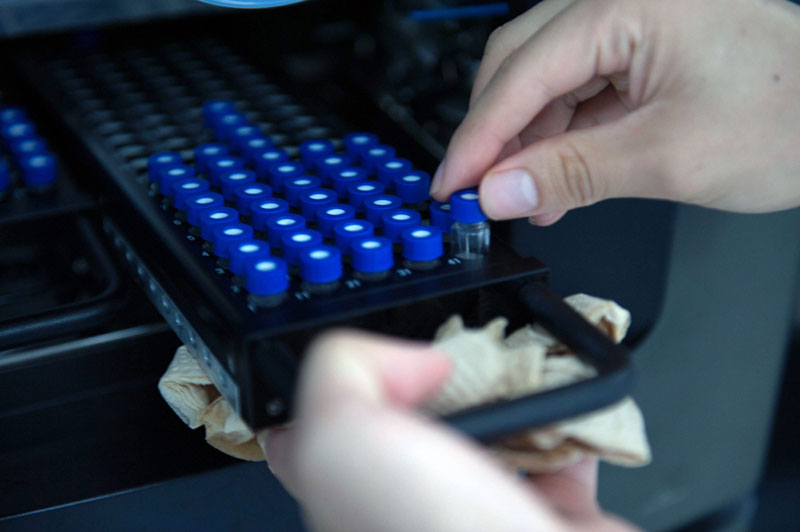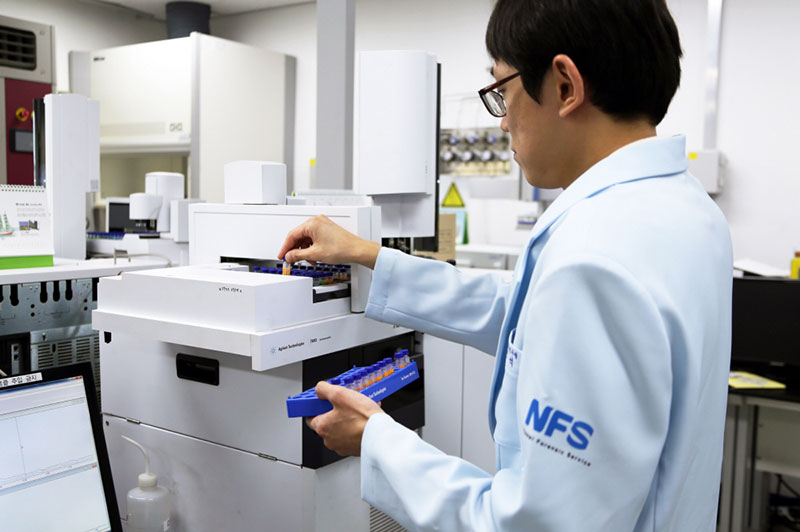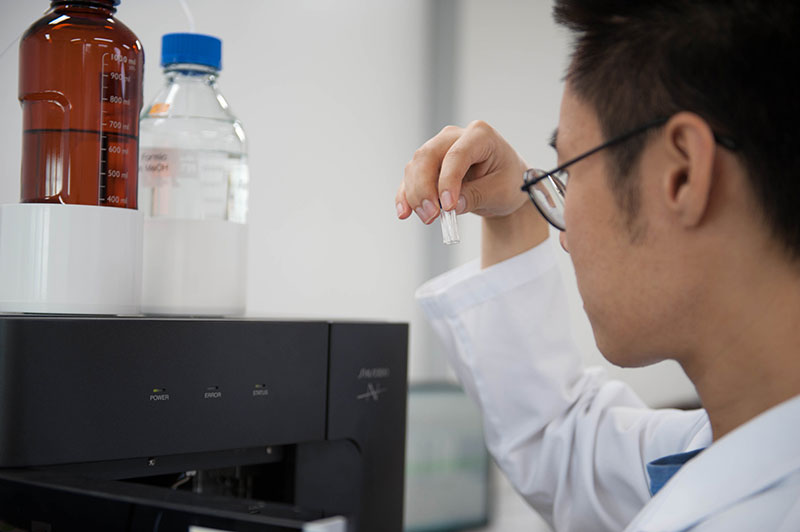Analysis Service
Forensic Toxicology Division
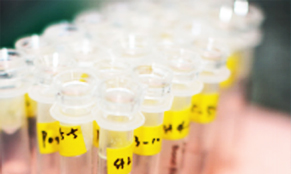
The Forensic Toxicology Division performs analysis on medicines, poisons, adulterated foods, narcotics and hallucinogenic and/or harmful chemicals in various biological samples and on-site evidence related to identification of the cause of death and examination on regulated substances. In addition, it is operating an international credibility accreditation business as an internationally accredited proficiency management and standard substance manufacturing organization and coping with the rapidly changing crime environment through R&D such as narcotics profiling, etc.
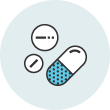 Medicine Analysis
Medicine Analysis
Analysis and interpretation of medicines in biological samples and medicines, identification and analysis of illicit harmful substances and harmful heavy metals in health functional foods (herbs, etc.), herbal medicines and cosmetics
 Poison Analysis
Poison Analysis
Analysis and interpretation of toxic substances such as pesticides (e.g., insecticides, herbicides, rodenticides, etc.) and cyanides from biological samples, lost articles and foods and beverages at crime sites
 Food Analysis
Food Analysis
Food standard and specification tests, natural toxicant analysis, identification of illicit harmful ingredients from adulterated foods and agricultural products
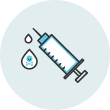 Narcotics Analysis in
Narcotics Analysis in
Biological SamplesNarcotics analysis and research in urine, blood, tissue and hair
 Analysis on Confiscated Narcotic Drugs
Analysis on Confiscated Narcotic Drugs
Analysis and research on narcotics, psychotropic medicines, marijuana and new narcotics in confiscated narcotic drugs
 Narcotics Profiling
Narcotics Profiling
Analysis and research on narcotics such as estimation of purity, presumption of origin/synthesis method and relatedness analysis
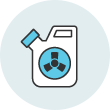 Analysis on Hallucinogenic
Analysis on Hallucinogenic
and/or Harmful ChemicalsAnalysis and research on hallucinogenic and/or harmful chemicals in adhesives, thinners, paints, fuels and abuser samples
Introduction of Laboratory
The Forensic Toxicology Division consists of a Forensic Toxicology Lab, Food & Drug Research Lab, Poisonous Substance Research Lab, Hair Precise Research Lab, and Narcotics Research Lab.
The Forensic Toxicology Lab is responsible for analysis and research on identification and quantification tests of poisonous drugs for identification of the cause of death for autopsy biological samples including blood and stomach contents collected from various death cases, such as drug poisoning, misuse, medical and medicine accidents, suicide, homicide, etc., forensic toxicology review on drug interactions, medicine redistribution after death, etc., confirmation of components of medicines, illicit medicines, natural products (herbal medicines, herbal medicine extracts), quasi-drugs and cosmetics, presence of harmful substances, and harmfulness of substances. In addition, the laboratory built a database for poisonous drugs in biological samples by LC/MS/MS and conducts research on new analysis techniques using advanced analytical equipment such as Q-TOFMS, ICP/MS, etc., and forensic toxicological research such as toxicity and metabolism of poisonous drugs.
Biological samples requested for analysis on poisonous drugs
Press release related to analysis of forensic toxicology lab and Illicit medicines requested to NFS
The Food & Drug Research Lab conducts tests required for analysis including identification and quantification tests for substances harmful to the human body when ingested (poisons, heavy metals, etc.) in all food-related samples such as food ingredients (e.g., adulterated foods, processed foods, natural foods, agricultural, livestock and fishery products), health functional foods, favorite foods, GM foods, food additives and food utensils, containers, and packaging, specification tests regulated under the food code, and identification and quantification tests for specific constituents. The laboratory carries out authenticity tests for the falsification and modulation of alcoholic beverages (whiskey, brandy, etc.), edible oils (sesame oil, etc.), honey, red pepper powder and various health functional foods, detection and quantification tests for environmental pollutants, residual antibiotics and preservatives in food ingredients such as agricultural, livestock and fishery products, detection tests for natural toxins such as blowfish poison, aflatoxin, and grayanotoxin, which may be present in natural foods, and detection and quantification tests for GM foods such as corn and soybeans present in processed foods and food ingredients using various high-tech analysis equipment such as GC, HPLC, GC/MS, LC/MS/MS, ICP, real time-PCR, and IR/MS and the latest analysis methods. Moreover, it performs continuous research on determination of the origin of food ingredients.
Automatic Kjeldahl Analyzer used for Analysis Targets and Protein Quantification at Food & Drug Research Lab
The Poisonous Substance Research Lab performs the development of analysis methods and analysis services on various types of toxicants and toxins by using high-tech analysis equipment including GC, GC/MS, HPLC, FT/IR, QTRAP-LC/MS, and UPLC-QTOF/MS. For suicide and homicide cases, the laboratory carries out analysis for detection of cyanides, pesticides, solvents and rodenticides as well as toxins including Aconitum carmichaeli Debeaux, mushrooms, Nerium oleander, and Rhododendron brachycarpum not only in autopsy biological samples but also in dead fishes, birds, livestock, and crop damage. In addition, its service area has been expanding into the clinical toxicology field including analysis services closely related to public safety such as examination on the use of drugs through analysis of biological samples (urine, blood, etc.) of victims of drug-facilitated crimes (e.g., sexual assault, robbery, etc.), monitoring of testosterone of persons under drug treatment for sexual impulse, evaluation of the use of offsetting drugs, and evaluation of treatment drugs for persons who completed the treatment as well as government employees drug screening.
Cyanide capsules sold in a suicide café and pesticides related to the incident
Formalin-dead fish and rice wine mixed with cyanide
In the field of forensic science, hair was mainly used for the identification of individuals and heavy metal poisoning, but since the 1980s, it has been actively used for drug investigations along with urine as important evidence of drug use. Unlike urine, hair can identify long-term drug use, and drug use timing can also be estimated through segmentation analysis, which accounts for the largest portion of services in the narcotics field. In 1993, the laboratory established the methamphetamine detection method in hair for the first time in South Korea. Since that time, the laboratory established analytical methods for various drugs and has been implementing analyses. In 2009, it began to analyze marijuana, and since then, has been performing analysis on opium, cocaine, and benzodiazepines in sequence, and developed analytical methods for propofol, an anesthetic, in hair in 2012 for the first time in the world. In 2013, the laboratory established a method for analyzing synthetic hemp, known as a herbal drug and a method for analyzing GHB in hair, which is used for abuse and rape, in 2014. As a result of continuous development of analysis methods, about 100 kinds of drugs can currently be analyzed in hair.
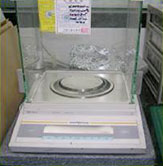 Confirmation of appearance and weight measurement of hair
Confirmation of appearance and weight measurement of hair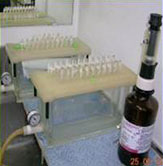 Hair washing and cutting
Hair washing and cutting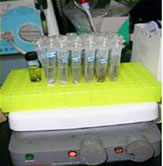 Drug extraction from hair
Drug extraction from hair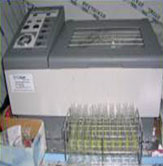 Enrichment of extract and derivatization
Enrichment of extract and derivatization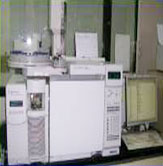 Final confirmation by precise equipment
Final confirmation by precise equipment
The Narcotics Research Lab analyzes drugs regulated by law on the management of narcotics such as methamphetamine, marijuana, morphine, and cocaine in biological samples such as urine and blood of narcotics users and confiscated goods, mainly requested by police and prosecutors. In the case of urine, whether or not narcotics were used is determined by the identification experiments with GC/MS and LC/MS/MS after a preliminary experiment by immunoassay. For identification experiments of psychotropic medicines such as methamphetamine, narcotics such as heroin, etc., and marijuana, precipitation reaction, color reaction, TLC, and GC/MS are used for analysis. To identify the chemical structure of newly emerging narcotic drugs, Q-TOF/MS and NMR are used. Additionally, the laboratory analyzes hallucinogenic organic solvents such as toluene contained in bond, cork, and varnish, methyl alcohol, and ethyl acetate and hallucinogenic gases such as butane, which is a component of portable butane gas, and propane. Moreover, it determines inhalation of these substances by analyzing the urine and blood collected from the person inhaling them.
Moreover, the Narcotics Research Lab has contributed to rapid investigation and protection of human rights of suspects by constructing a one-step notification system for the preliminary experiment result on narcotics as part of scientific investigation support activities for the police and developing a rapid analysis processing method that notifies the urine result of the drug user within 2 hours to the police via text messages. Particularly, it performs profiling for methamphetamine with a high abuse rate in order to figure out the coidentity among samples and manufacturing methods by analyzing the impurities mixed in the evidence requested.
Outline of Urine Preliminary Experiment Result Notification System

Various methamphetamine confiscated goods and new kinds of narcotics confiscated goods
New-narcotics-related Brochure
Lab Photo
Laboratory Equipment
Laboratory Equipment
닫기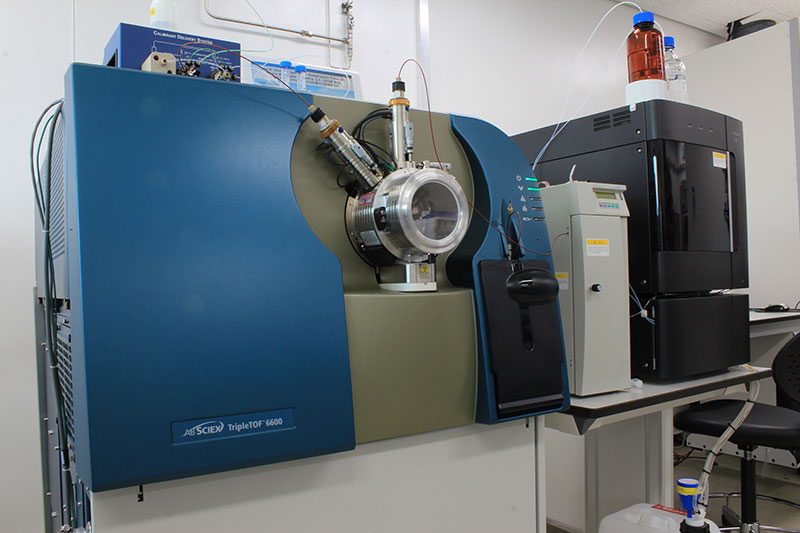
- Equipment to measure the exact amount of molecular weight of different components by measuring the time taken for an ionized sample to travel from an electric field to a detector.
- Used to search for and identify the structure of various unknown poisonous drugs and new/variant narcotics that do not have standard substances.
Laboratory Equipment
닫기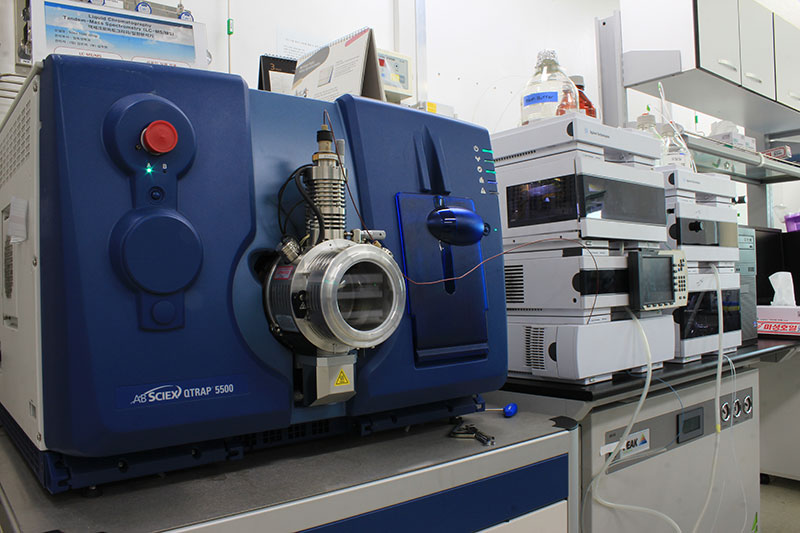
- Equipment to measure the mass spectrum by separating the active ingredients of various biological samples and field evidence by liquid chromatography.
- Used for analysis of various poisonous drugs and metabolites of narcotics, which have high polarity and are unstable in heat, and is useful for analysis of trace elements contained in biological samples due to its high sensitivity.
Laboratory Equipment
닫기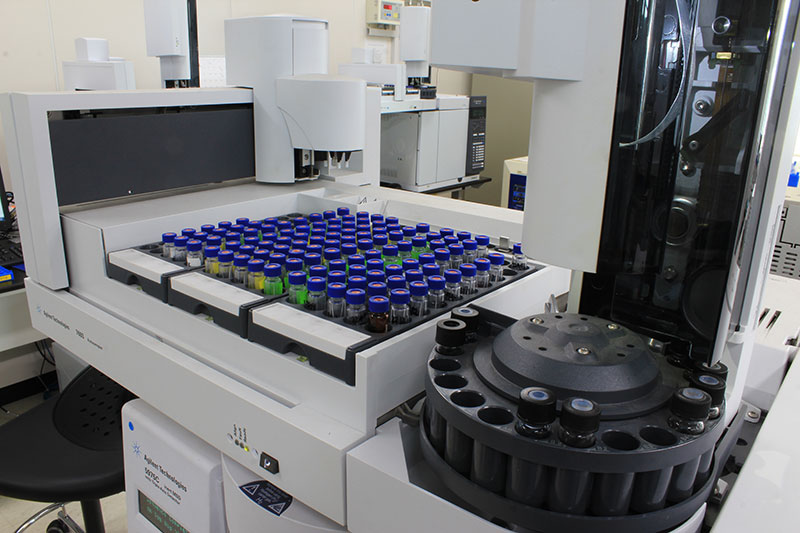
- Equipment to measure the mass spectrum by separating the active ingredients of various biological samples and field evidence by liquid chromatography.
- Has a wide spectrum of materials analyzable at one time. It is suitable for analysis of thermally stable nonpolar materials and is used for analysis of various volatile poisonous drugs and narcotics.
Laboratory Equipment
닫기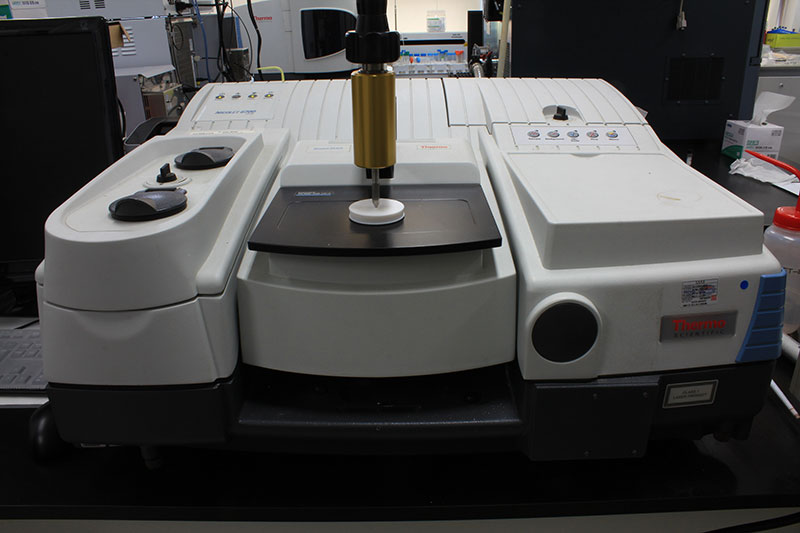
- Equipment to decompose infrared rays according to the wavelength. Pretreatment for samples is comparatively simple to GC/MS or LC/MS, and rapid analysis is possible.
- Can be used for the analysis of poisonous drugs and narcotics contained in various powders, tablets and solutions.
Laboratory Equipment
닫기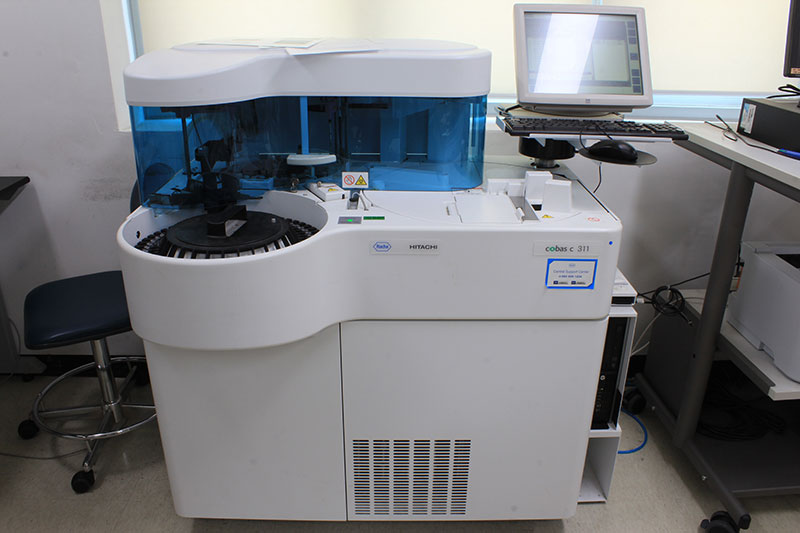
- Equipment to measure a small amount of targeted substance from biological samples (mainly urine) with a large amount of impurities by using an antigen-antibody reaction.
- Mainly used for preliminary experiments on the urine of drug users in this institute and is linked with the urine preliminary experiment notification system.
Major Analysis Cases
- 1
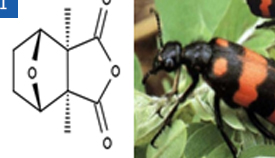 2004.03
2004.03
Death by cantharides taken for infertility treatment - 2
 2006.07
2006.07
Herbicide detection in Coca Cola - 3
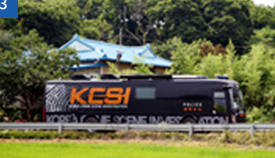 2011.01
2011.01
Six elderly people became unconscious by unidentified poison - 4
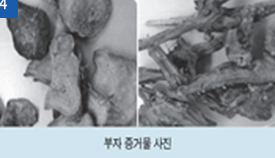 2012
2012
Aconitine (deadly poisonous alkaloids) related analysis case
Major Analysis Cases
닫기
불임치료목적으로 복용한 반묘(cantharides)에
의한 사망사건
강원도 원주시 한의원에서 불임치료목적으로 지은 한약, 한약가루약(일명 반묘가루) 및 한약추출액을 혼합하여 마신 직후 환자가 사망하였으며, 감정결과 위 내용물 및 혈액에서 칸타리 딘(cantharidin)이 검출됨. 칸타리딘은 반묘의 주성분으로 치사량이 10mg이고 과량복용시 복통, 이질, 토혈, 혈뇨, 혈압 저하 등에 이어 사망한다고 알려져 있음

